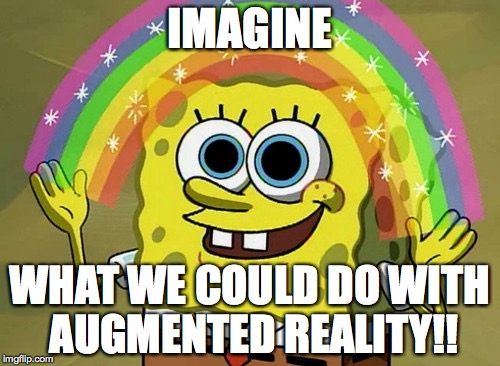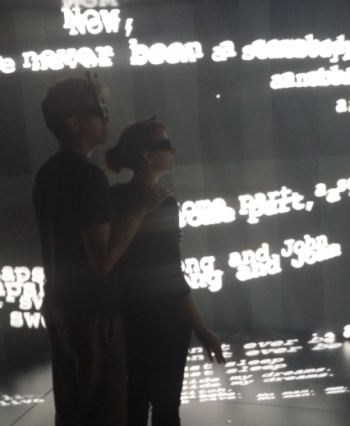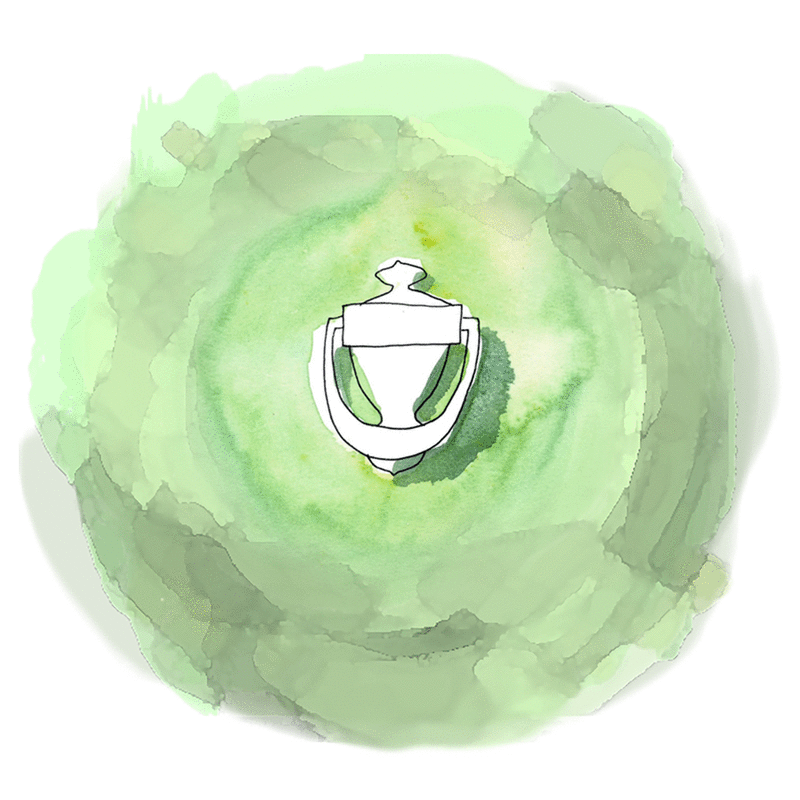
This week my hubby and I got an invite that could not be declined: we were invited to try out Brown University’snew Yurt facility!!!! Who could resist a Yurt invite??! Not us, definitely. We would have gone at 2 in the morning on a Sunday if they’d asked us. We wanted to see this yurt!!
So what’s a yurt?? You can check out this awesome Boston Globe Article for the details or read on and take a look at Yurt stats at a glance:
Yurt: Yurt Ultimate Reality Theater
Created by: Brown University
Cost: 2.5 Million
Purpose: Fully immersive, 3-D, interactive digital room (ie: a holodeck).
Deets: A domed ceiling, curved walls, and a thick clear acrylic floor lined with screens. Through these surfaces come approximately 100 million pixels of bright, high-resolution 3-D computer graphics, beamed by 69 stereo projectors powered by a cluster of computers. And you get to wear motion-tracking 3-D glasses.

The Yurt Experience!
When we walked into the room, the first thing that strikes you is that it actually looks like a yurt. (Have you noticed that I love the word, “yurt”?) The theater itself is a round and sort of inviting room in what looks like a school building on the Brown campus. The yurt walls/screens are a soft white and I was politely offered some socks so I could walk around it.
First we took a look behind the yurt walls to see where the magic happens- and how. Very, very fancy screens, mirrors, more mirrors, projectors, massive processing power… but I was less interested in the technology than I was in the interface so they powered up the yurt, handed the two of us 3D glasses (one with a tracking mechanism, one without) and off we sailed!
We saw a virtual wall mural, then the surface of the moon, then we were in a virtual living room where I genuinely wanted to sit on a comfy white couch that didn’t exist. We got to draw with a pen in 3D space, then walk around our creation as it hung in the air.

There were two immersive art pieces. One that was connected to poetry and sound, the other that was just images and sound but it was without a doubt, fully immersive. I felt like I was in the dance scene from ready player one.
No doubt this is the newest of new stuff and we felt like we were in the FYOOOOCHAAARRRR!! But what are the practical applications? So far the astro-geology program has been the most popular. Turns out the mars rover takes a lot of pictures every day! Render the images properly, plug them into the yurt and take a walk on Mars and Brown students spend class time walking around the Cave (the previous version of the yurt), pointing out what they see about the geology of Mars. Very cool application. Also, the artists from RISD (no big surprise) are building some beautiful, immersive art with the “draw” program and with the sound-and motion aspects like the immersive poetry that we saw.

As a game designer, of course I wanted to play in there. What if you could play fruit ninja with the controller as your blade?? What if you could create a space ship flight deck simulator with buttons and toggles like space team? What if you could build a light saber training ball like the one Luke Skywalker trains with?!
But with a 2.5 million dollar research project, they need to be testing it out with more than fruit ninja. They need to experiment how it can help educate and augment arts, science, culture and humanities. And so of course… my mind went to my passion and addiction: museums. What if this could be used as a 3D, immersive rendering of something like the Giza Project at the MFA – to let us see an underground city that we don’t have access to? What if it could be used to combine collections that have been scattered and reconstruct their original environment. Say for instance, what if that comfy living room could be a rendering of an actual room from an ancient home in Antioch where the objects that were once there are all assembled together like they were a thousand years ago? Or what if we used it to recreate a historical environment that I can interact with? What if I could go to ancient rome and interact with characters in a 3D choose-your-own adventure? Sort of like a Mission Cheyenne but where you walk through space and look around.
The possibilities are endless!! What would you do with a 1st gen holodeck?? Star Trek, here we come!

Leave a Reply